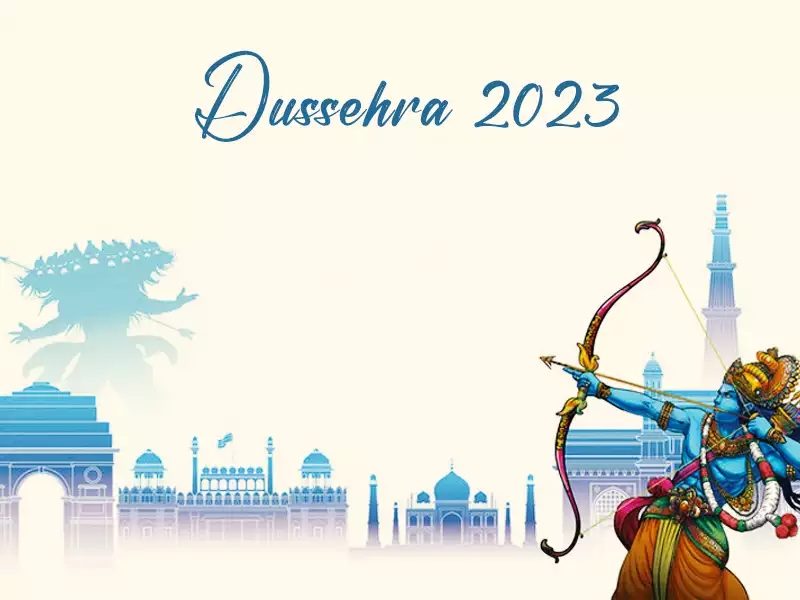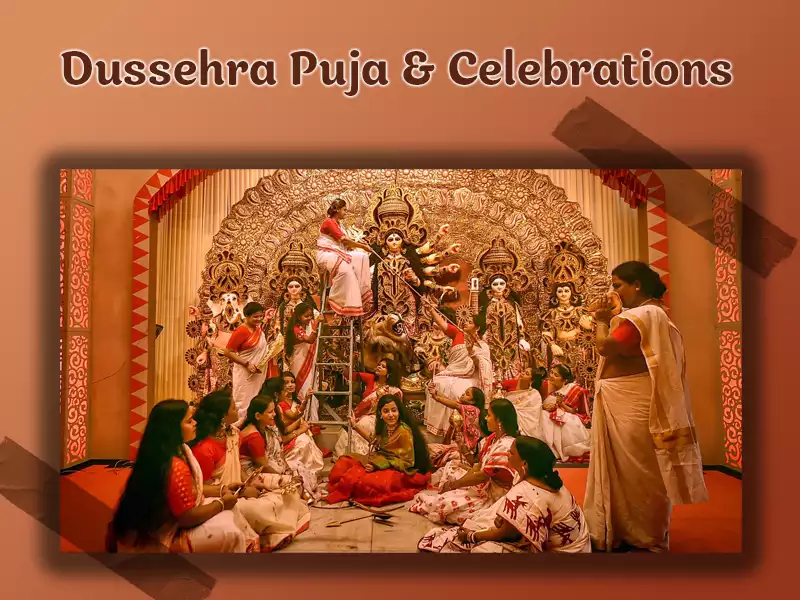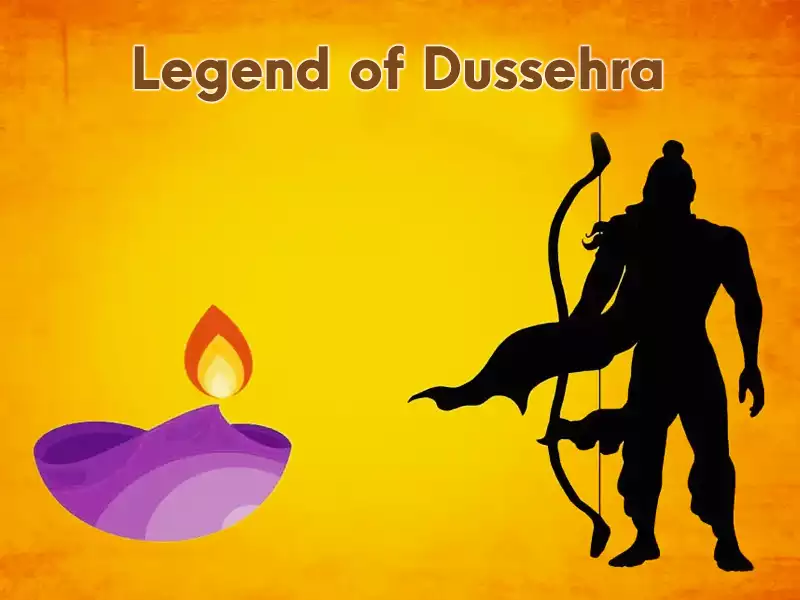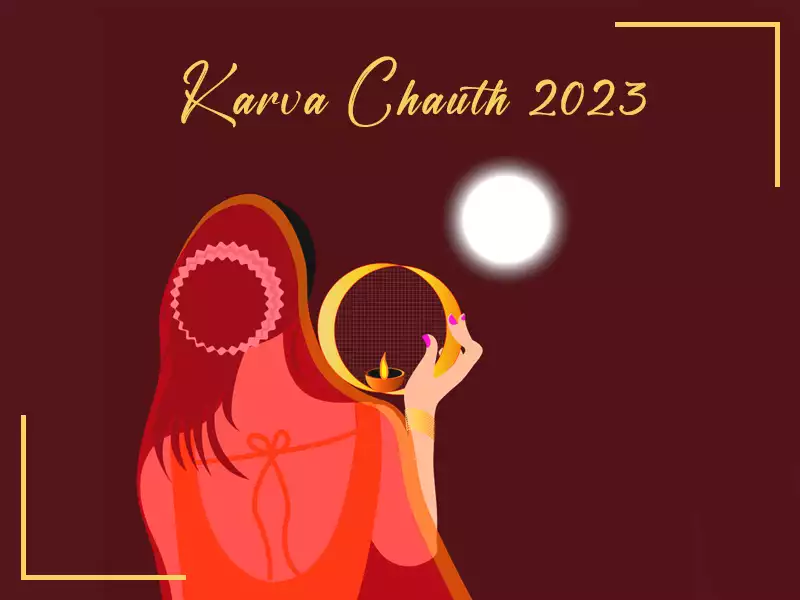
Dussehra 2023
Dussehra festival is observed on the day when the Dashami Tithi (tenth date) of the Shukla Paksha (bright fortnight) in the month of Ashwin prevails during the Aparahan Kaal. This festival commemorates the triumph of righteousness over malevolence, as it marks the day when Lord Rama vanquished the demon Ravana. Additionally known as Vijayadashami and Ayudhapuja in certain regions, this festivity also has connections with Goddess Vijaya.
Regarding the Muhurat of Dussehra
- Dussehra is celebrated during the Aparahan Kaal of Ashwin Shukla Dashami. This Kaal spans from the tenth Muhurat after sunrise to the twelfth Muhurat.
- If Dashami persists for two days and Aparahan Kaal is exclusively within the second day, Dussehra is observed on the second day.
- If Dashami occurs within the Aparahan Kaal of two days, Dussehra is celebrated on the first day.
- If Dashami spans both days but not within the Aparahan Kaal of either day, Dussehra is observed on the first day.
The influence of Shravan Nakshatra on Dussehra Muhurat
- If Dashami extends over two days (whether during Aparahan Kaal or not), yet Shravan Nakshatra falls within the Aparahan Kaal of the first day only, Vijayadashami is celebrated on the first day.
- If Dashami spans both days (whether during Aparahan Kaal or not), but Shravan Nakshatra is present in the Aparahan Kaal of the second day alone, Vijayadashami is observed on the second day.
- In cases where Dashami persists for two days and Aparahan Kaal is present only on the first day, and Shravan Nakshatra prevails within the Aparahan Kaal of the second day while Dashami persists till the first 3 Muhurats of the second day, Dussehra is celebrated on the second day.
- If Dashami extends through the Aparahan of the first day and until the first 3 Muhurats of the second day, and Shravan Nakshatra exists during the Aparahan Kaal of the second day, Vijaya Dashami is observed on the first day while disregarding all other conditions related to Shravan Nakshatra.

Dussehra Puja & Celebrations
Aparajita Puja is conducted during Aparahan Kaal. The procedure involves:
- Choose a sanctified space towards the Northeast direction of your home for worship. It can be near a temple, garden, etc. Ideally, engage the entire family in the Puja, although individuals can also perform it alone.
- Cleanse the area and create an Ashtadal Chakra (ring of 8 lotus petals) using Sandalwood paste.
- Make a Sankalp (pledge) to perform the Aparajita Puja for the well-being of your family and yourself.
- Invoke Goddess Aparajita at the center of the Chakra using the mantra: “अपराजिताय नमः” (Aparājitāya namaḥ).
- Next, invoke Goddess Jaya on her right using the mantra: “क्रियाशक्त्यै नमः” (Kriyāśaktyai namaḥ).
- On her left, invoke Goddess Vijaya using the mantra: “उमायै नमः” (Umāyai namaḥ).
- Perform Shodashopchar Puja using the respective name mantras: “अपराजिताय नमः” (Aparājitāya namaḥ), “जयायै नमः” (Jayāyai namaḥ), “विजयायै नमः” (Vijayāyai namaḥ).
- Conclude by praying, expressing that you have performed the Puja rituals to the best of your ability, and seeking the acceptance of the Goddess before her departure.
- As the Puja concludes, offer Namaskar (salutation).
- Complete the ritual with Visarjan using the mantra: “हारेण तु विचित्रेण भास्वत्कनकमेखला। अपराजिता भद्ररता करोतु विजयं मम।” (hāreṇa tu vicitreṇa bhāsvatkanakamekhalā aparājitā bhadraratā karotu vijayaṃ mama).
While Aparajita Puja constitutes the main facet of Vijay Dashmi for devotees, several other observances are undertaken on this day:
- During the Vijaya Muhurat, which begins when the sun sets and some stars become visible, any auspicious activity or Puja can commence for optimal results. Lord Rama initiated his journey to the war against the King of Lanka, Ravana, during this Muhurat. Notably, a Shami tree held the bow of Arjuna, named Gandiva, to keep it secure during this time.
- Dussehra holds significance as one of the three and a half most auspicious Muhurats of the year, known as Sadhe Teen Muhurats (Chaitra Shukla Pratipada, Ashvin Shukla Dashami, Vaishakh Shukla Tritiya, and Kartik Shukla Pratipada).
- Warriors and soldiers perform Ayudh Puja, worshipping their weapons, along with Shami Pujan. Historically, this festival primarily concerned Kshatriyas (warriors and royals).
- Brahmins revere Goddess Saraswati.
- Vaishya engage in the worship of their ledgers.
- Navratri Ramlila, a theatrical depiction of aspects of the Ramayana, culminates.
- Effigies of Ravana, Kumbhakarna, and Meghanada are set ablaze to symbolize Lord Rama’s victory.
- Reciting the ‘Aparajita Stotra,’ dedicated to Bhagwati Jagdamba, on this day is deemed highly auspicious.
- Grand Durga festival celebrations in Bengal draw to a close.

Legend of Dussehra
According to popular belief, the term “Dussara” is derived from the combination of “Das Sar,” denoting the ten heads of Ravana. It was on Dussehra that Lord Rama conquered Ravana, each head representing a manifestation of human vices.
During the game of gambling, Duryodhana outwitted the Pandavas, leading them to undertake a 12-year exile, followed by a concealed year. In that covert year, Arjuna concealed his bow, Gandiva, on a Shami tree and assumed the identity of Brihannala to serve King Viraat. When the king’s son requested Arjuna’s assistance in safeguarding the cows, Arjuna retrieved his bow from the Shami tree and emerged victorious.
Another legend narrates that the Shami tree heralded Lord Rama’s victory as he embarked on his journey to Lanka for the war.


















